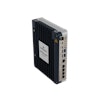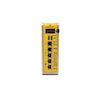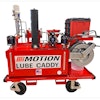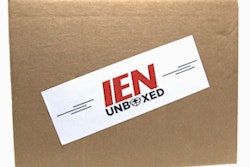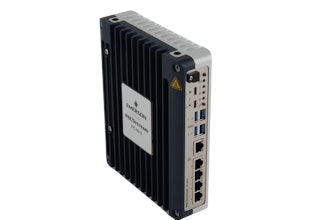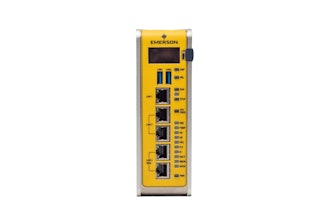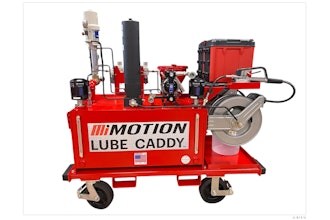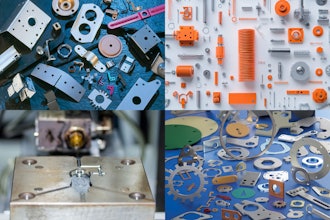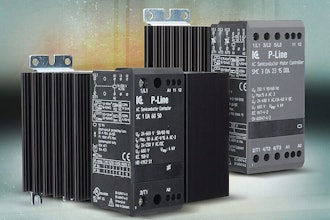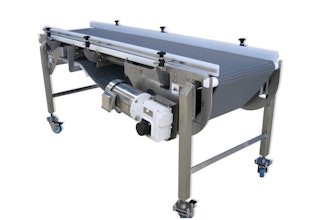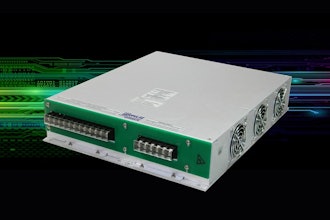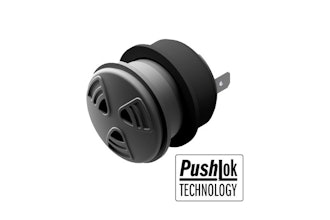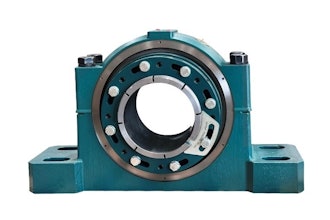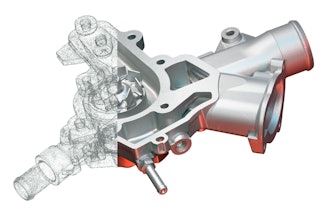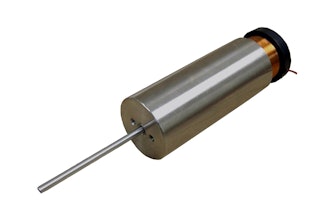The existence of naturally occurring microbes that “eat” hydrocarbons has been known since the beginning of the 20th century—but the microbes themselves have been doing their job consuming hydrocarbons for hundreds of millions of years. Yet the process “in the wild” can be unpredictable and subject to uncontrollable factors in nature. The concept of bioremediation—that is, introducing these microbes to consume and break down longstanding hydrocarbon contamination and deposits—is man’s attempt to control the cleanup process.
Biological cleanup has usually involved using copious amounts of water. But much of the water will naturally flow away from the targeted area, so treatments need to be repeated time and time again—a waste of time, money, and water. Beyond Environmental has made bioremediation, or bio-cleaning, controllable by transforming the viscosity of the carrier from water to a gel that can stick to the surface on which it is working. According to Bryan Sims, Beyond Environmental president and CEO, “We know that when bioremediation is controllable, it’s more effective. Our iSorb Miotechnology makes that control possible—for the first time.”
Beyond Environmental’s proprietary iSorb Miotechnology is a patented formulation of safe-to-use, natural ingredients that transforms water into a highly controllable super-carrier known as iSorb MioGel. This “smart gel” is stocked with trillions of hydrocarbon-consuming microbes, which are indigenous to North America, non-GMO, and listed as safe to use by the EPA. They feed on contamination and convert it to environmentally safe byproducts like water and carbon dioxide.
MioGel is uniquely formulated in variable, application-specific viscosities that can range from watery to semi-solid. This brings unprecedented control to the biological cleaning process, making it predictable, safe, and eco-friendly, even when applied to vertical surfaces—a revolutionary development in contamination cleanup.
Beyond that, MioGel is customizable for each application with the correct balance of microbes blended to remediate deposits of petroleum hydrocarbons such as fuels, lubricating oils, and mineral oils. Further, specific blends can be formulated for volatiles and for aromatics. MioGels are cost-effective, environmentally safe, and remain in place and active at the point of contamination—the key to successful bio-cleaning.
The microbes that do the work need to be fed, sustained, and “recharged,” and MioGels do just that. Each gel has cells or zones that act as tiny life-support systems. Within each zone, the contamination-destroying microbes receive supplies of water, food, and air at levels superior to what is possible with conventional water-based biological treatments. This equals sustainable biomass and allows the microbes to work together to accelerate and maintain high levels of cleaning power.
It is the variable viscosity and sustainable biomass of this “smart gel” technology that differentiates it from traditional bio-cleaning treatments that use water as their delivery mechanism.
MioGels make bioremediation a viable solution for a full range of applications, such as removing hydrocarbons from drying bed walls, creosote from bridges, track ballast and soil; industrial maintenance; acting as a polish at the end of a cleanup; and going where it’s impractical or harmful to use water.
Finally, MioGels are important to conservation efforts. No secondary contamination occurs because MioGel contains only natural ingredients, not surfactants and chemicals. Water isn’t wasted because the ability of the MioGel to “stick to the job” precludes the use of the repeated treatments that are often necessary with water-based carriers.
Beyond Environmental’s better-science approach is the safe, natural way to respond to hydrocarbon contamination. Its all-natural ingredients truly eliminate the contamination instead of flooding it out, only to end up somewhere else. The company’s iSorb Miotechnology helps protect the environment and public health, and mitigates the high costs associated with damage caused by petroleum hydrocarbon contamination.

